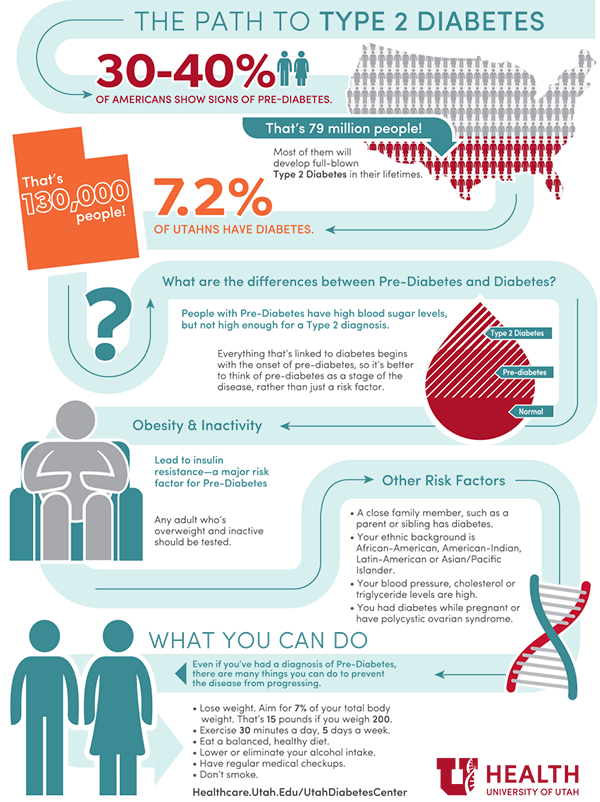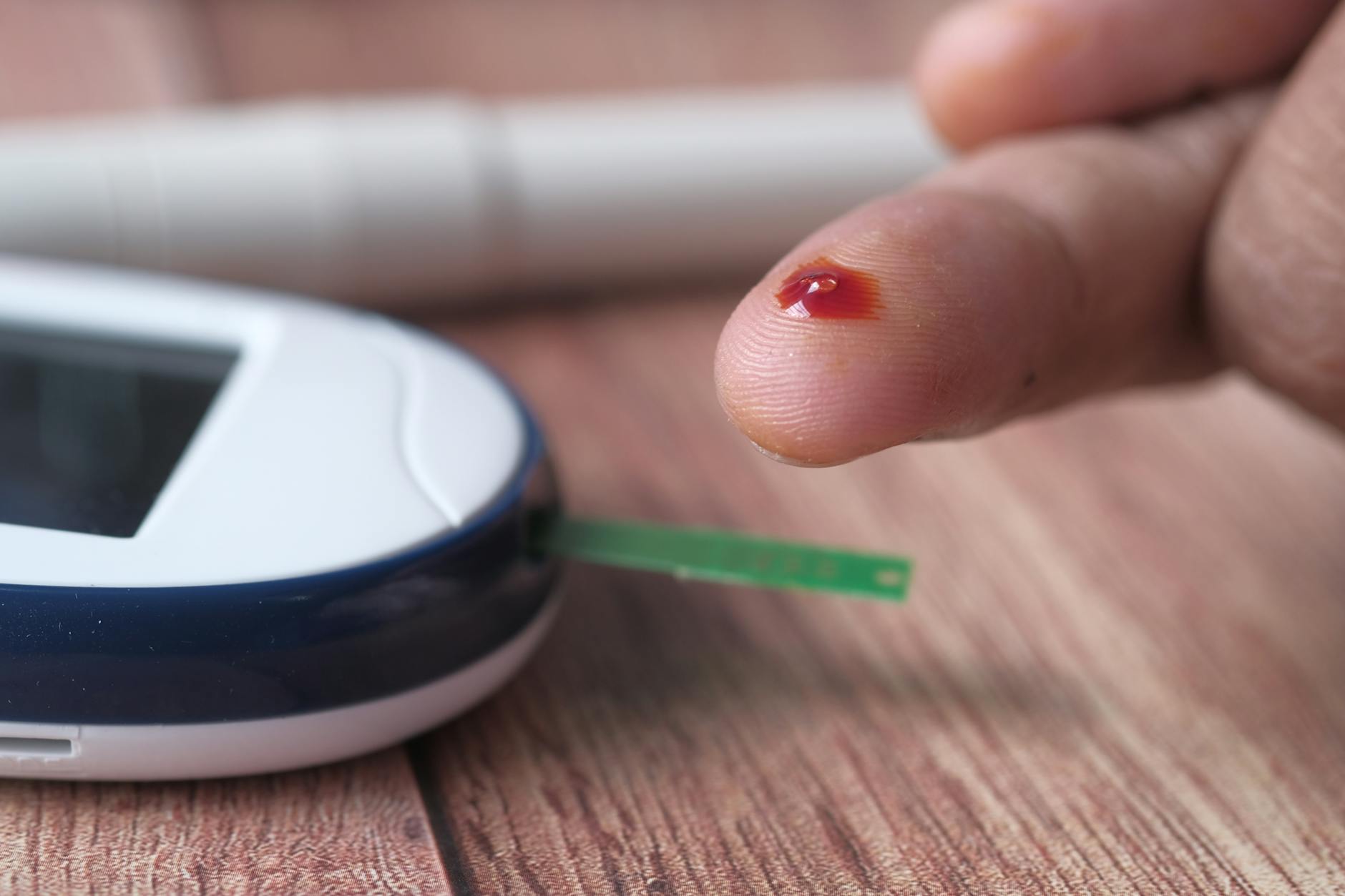Uncover the essential tips for beating Type 2 Diabetes and reclaim your health with powerful lifestyle changes. Don’t miss out!
Table of Contents
- Introduction to Type 2 Diabetes
- Understanding Blood Sugar
- Eating Right to Control Blood Sugar
- The Power of Physical Activity
- The Problem with High Blood Pressure
- Dealing with High Cholesterol
- Does Age Affect Type 2 Diabetes?
- Your Medical Team and You
- Staying Happy and Healthy
- Putting It All Together
- Frequently Asked Questions (FAQs)
Introduction to Type 2 Diabetes
Welcome to a journey to learn about type 2 diabetes – a condition that affects many people around the world. But don’t worry, understanding it is the first step in knowing how to beat it. Type 1 diabetes and type 2 diabetes are different, and we’ll explore why it’s crucial to take care of our health to combat type 2 diabetes.
While type 1 diabetes is usually diagnosed in children and young adults, type 2 diabetes can develop at any age, even in kids. What sets them apart is how the body handles insulin, a hormone that helps regulate blood sugar. In type 1 diabetes, the body doesn’t make insulin at all, while in type 2 diabetes, the body either resists the effects of insulin or doesn’t produce enough of it. This can result in high blood sugar levels, which can lead to various health problems if not managed properly.
But here’s the good news – by making healthy lifestyle choices, like eating right and staying active, we can control and even prevent type 2 diabetes. So, let’s dive into the world of diabetes and discover how we can conquer it together!
Understanding Blood Sugar
In order to comprehend how to manage type 2 diabetes, it is crucial to understand the role of blood sugar in the body. Let’s explore the basics of blood sugar and its connection to diabetes.
What is Blood Sugar?
Blood sugar, also known as glucose, is the primary source of energy for our bodies. When we eat foods containing carbohydrates, our digestive system breaks them down into glucose, which enters our bloodstream. This glucose is then used by our cells for energy to function properly.
How Does Blood Pressure Affect Your Body?
Blood pressure is the force at which your blood pushes against the walls of your arteries as it flows through them. Maintaining a healthy blood pressure level is essential for overall health. High blood pressure can put a strain on your heart and blood vessels, increasing the risk of heart disease and other health problems.
Eating Right to Control Blood Sugar
When managing type 2 diabetes, it’s essential to make healthy food choices to control blood sugar levels effectively. Include plenty of fruits, vegetables, whole grains, and lean proteins in your diet. These foods provide essential nutrients while helping to keep blood sugar stable. Some excellent choices include broccoli, spinach, berries, quinoa, brown rice, and chicken or fish. Snack on nuts, seeds, or yogurt for a healthy pick-me-up.

Image courtesy of www.diahappy.com via Google Images
Foods to Avoid
Avoid foods that are high in LDL cholesterol, also known as “bad” cholesterol, as these can negatively impact your heart health and overall well-being. Stay away from fried foods, sugary treats, processed snacks, and foods high in saturated fats like butter and red meat. Opt for grilled or baked options instead of fried, and choose whole grains over refined carbohydrates like white bread and pasta. By making these simple swaps, you can support your body in managing diabetes more effectively.
The Power of Physical Activity
Physical activity is like a superhero when it comes to managing type 2 diabetes. It has amazing powers that can help keep your blood sugar levels in check and make you healthier and stronger. Let’s explore why moving your body is so important.
Exercise and Blood Sugar
When you exercise, your muscles use up the sugar in your blood for energy. This helps lower your blood sugar levels and keeps them stable. Regular physical activity also makes your body more sensitive to insulin, the hormone that helps sugar enter your cells. This is super important for people with type 2 diabetes because it helps manage their condition and can even reduce the need for medication.
Fun Ways to Stay Active
Exercise doesn’t have to be boring or feel like a chore. There are plenty of fun activities that can get your heart pumping and your body moving. Try playing tag with your friends, riding your bike in the park, dancing to your favorite songs, or even jumping rope! These activities not only help you stay active but they’re also great for your overall health.
The Problem with High Blood Pressure
What Causes High Blood Pressure?

Image courtesy of healthcare.utah.edu via Google Images
High blood pressure, also known as hypertension, can result from various factors. Your diet, weight, level of physical activity, and genetics can all play a role in contributing to high blood pressure. Consuming too much salt, not exercising regularly, and being overweight are common causes of high blood pressure.
How to Keep Blood Pressure in Check
To maintain healthy blood pressure levels, it’s essential to make lifestyle changes. Eating a balanced diet rich in fruits, vegetables, whole grains, and lean proteins can help. Limiting your intake of salt, sugar, and unhealthy fats can also make a significant difference.
Regular physical activity is crucial for keeping blood pressure in check. Engaging in activities like biking, swimming, or playing sports can help lower your blood pressure and improve your overall health.
Additionally, managing stress through relaxation techniques like deep breathing, yoga, or meditation can have a positive impact on your blood pressure levels. It’s important to monitor your blood pressure regularly and consult with your healthcare provider if you have concerns.
Dealing with High Cholesterol
When you have type 2 diabetes, one important thing to keep in check is your cholesterol levels. High cholesterol can increase the risk of heart disease, which is a common concern for people with diabetes. Let’s learn more about why managing cholesterol is crucial and how you can do it.
Bad Cholesterol vs. Good Cholesterol
Cholesterol is a type of fat found in your blood that your body needs to function properly. There are two main types of cholesterol: LDL (low-density lipoprotein) cholesterol, also known as “bad” cholesterol, and HDL (high-density lipoprotein) cholesterol, known as “good” cholesterol.
LDL cholesterol can build up in the walls of your blood vessels, leading to blockages that can increase the risk of heart disease. On the other hand, HDL cholesterol helps remove LDL cholesterol from your bloodstream, reducing the risk of heart problems.
Tips for Lowering LDL Cholesterol
To keep your LDL cholesterol levels in a healthy range, it’s important to make some changes to your diet and lifestyle. Here are some tips that can help:
1. Eat more fruits, vegetables, whole grains, and lean proteins like fish and poultry.
2. Limit foods high in saturated fats and trans fats, such as fried foods, baked goods, and processed snacks.
3. Choose healthy fats like avocados, nuts, and olive oil for cooking.
4. Stay active by getting regular exercise, like playing sports, dancing, or riding your bike.
5. If your doctor prescribes medication to lower your cholesterol, make sure to take it as directed.
By making these simple changes, you can help manage your cholesterol levels and reduce the risk of heart complications associated with type 2 diabetes.
Does Age Affect Type 2 Diabetes?
When it comes to type 2 diabetes, age can play a significant role in both the development and management of this condition. Let’s take a closer look at how age impacts type 2 diabetes.

Image courtesy of www.pinterest.com via Google Images
Type 2 Diabetes in Kids
Contrary to popular belief, type 2 diabetes is not just a condition that affects adults. In recent years, an increasing number of children have been diagnosed with type 2 diabetes, largely due to poor dietary habits and lack of physical activity. Kids can develop type 2 diabetes, and it’s crucial for parents and caregivers to be aware of the signs and symptoms.
What is Gestational Diabetes?
Gestational diabetes is a type of diabetes that develops during pregnancy. While it typically resolves after giving birth, women who have had gestational diabetes are at a higher risk of developing type 2 diabetes later in life. It’s essential for pregnant moms to work closely with their healthcare providers to manage gestational diabetes and reduce the risk of future complications for both mom and baby.
Your Medical Team and You
When it comes to managing type 2 diabetes, having a strong medical team by your side is essential. These healthcare professionals are here to help you stay healthy and make sure you have the support you need. Let’s take a closer look at how your medical team can assist you in managing your diabetes.
| Tip | Description |
|---|---|
| Eat a balanced diet | Focus on consuming whole foods like fruits, vegetables, lean proteins, and whole grains. Limit processed foods and added sugars. |
| Exercise regularly | Aim for at least 30 minutes of moderate exercise most days of the week. This can help improve insulin sensitivity and manage blood sugar levels. |
| Monitor blood sugar levels | Regularly check your blood sugar levels and work with your healthcare provider to keep them within target ranges. |
| Manage stress | Chronic stress can affect blood sugar levels. Practice relaxation techniques, mindfulness, and stress management strategies. |
| Get enough sleep | Aim for 7-9 hours of quality sleep each night. Lack of sleep can affect blood sugar control and insulin sensitivity. |
Who Can Help?
There are various types of healthcare providers who play a crucial role in supporting diabetes care. Your primary care doctor is usually the first point of contact for managing your diabetes. They can help monitor your blood sugar levels, adjust your treatment plan, and answer any questions you may have.
In addition to your primary care doctor, you may also work with an endocrinologist. These specialists focus on disorders of the endocrine system, including diabetes. An endocrinologist can offer more specialized care and treatment options to help you manage your diabetes effectively.
Other members of your medical team may include diabetes educators, dietitians, and nurses who can provide valuable information on diet, exercise, and lifestyle changes to improve your health. Working together with these healthcare professionals can help you stay on track and achieve your health goals.
Asking Questions and Getting Answers
It’s essential to communicate openly with your healthcare providers and ask any questions you have about your diabetes. Don’t be afraid to share your concerns or seek clarification on any aspect of your treatment plan. Remember, your medical team is there to support you and provide the guidance you need to stay healthy.
By actively participating in your healthcare and being proactive in seeking information, you can take control of your diabetes management. Together with your medical team, you can work towards better health and well-being.
Staying Happy and Healthy
Living with type 2 diabetes might seem challenging, but having a positive mindset can make a big difference. When you think positively, it can help you cope with the ups and downs that come with managing diabetes. Remember, staying optimistic and focusing on the things you can control can improve your overall well-being.

Image courtesy of edhub.ama-assn.org via Google Images
Support from Friends and Family
It’s essential to have a strong support system when dealing with type 2 diabetes. Friends and family can provide encouragement, motivation, and help you stay on track with your health goals. Don’t be afraid to talk to them about how you’re feeling or ask for help when you need it. They care about you and want to see you healthy and happy!
Putting It All Together
Now that we’ve delved into the various aspects of managing type 2 diabetes, let’s summarize the key points to help you on your journey towards a healthier lifestyle.
Understanding Your Body
Remember, type 2 diabetes is a condition where your body struggles to regulate blood sugar levels. Ensuring you eat right, stay active, and keep an eye on your blood pressure and cholesterol levels are crucial steps in managing this condition.
Eating and Exercising Right
Make sure to include plenty of fruits, vegetables, whole grains, and lean proteins in your diet while avoiding foods high in LDL cholesterol. Pairing a healthy diet with regular physical activity not only benefits your overall health but also helps to keep blood sugar levels in check.
Monitoring Blood Pressure and Cholesterol
High blood pressure can worsen the effects of type 2 diabetes, so it’s essential to monitor your levels and take steps to keep them within a healthy range. Additionally, keep your LDL cholesterol levels in check to reduce the risk of heart disease and other complications.
Age and Type 2 Diabetes
While type 2 diabetes is often associated with older adults, children can also develop this condition. It’s important to be mindful of your health at any age and work closely with your healthcare team to manage your diabetes effectively.
By following these guidelines and working in partnership with your healthcare provider, you can take control of your type 2 diabetes and lead a healthy, fulfilling life.
Frequently Asked Questions (FAQs)
What is type 2 diabetes?
Type 2 diabetes is a condition where your blood sugar levels are too high. This happens because your body doesn’t use insulin properly, which is a hormone that helps your body use sugar from food for energy. It’s different from type 1 diabetes, where the body doesn’t make insulin at all.
Can kids get type 2 diabetes?
Yes, kids can get type 2 diabetes, but it’s more common in adults. It’s important for kids to eat healthy foods, stay active, and maintain a healthy weight to reduce the risk of developing type 2 diabetes.
How do you keep blood sugar under control?
You can keep your blood sugar under control by eating healthy foods, being active, taking medications if prescribed by your doctor, and monitoring your blood sugar levels regularly. It’s important to work with your healthcare team to create a plan that works best for you.
What is the difference between type 1 and type 2 diabetes?
Type 1 diabetes is when your body doesn’t make insulin at all and you need to take insulin injections to manage your blood sugar levels. Type 2 diabetes is when your body doesn’t use insulin properly, and you may need to make lifestyle changes like eating healthy and exercising to manage it.
Why is blood pressure important for people with diabetes?
High blood pressure can increase the risk of heart disease, stroke, and other health problems for people with diabetes. It’s crucial to keep your blood pressure under control by eating healthy, staying active, and taking medications as prescribed by your doctor to lower the risk of complications.





